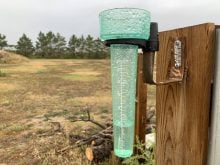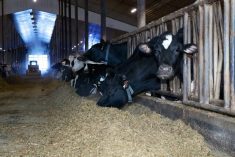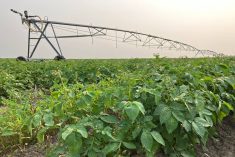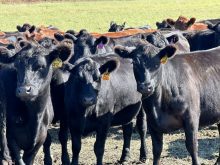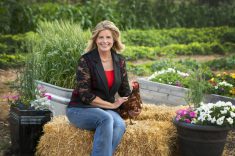Mike and Lil Leussink are not just sawmill owners, but producers of sustainable woodlot products.
They believe that it is possible to both profit from and preserve a natural forest environment, and wish more landowners would think twice before calling in the bulldozers or letting their cattle loose without considering the environmental consequences.
The Sundre-area family manages a herd of about 80 head of cattle on one broken quarter section of land, while harvesting the bounty from two quarter sections that have barely been disturbed since settlement of the West. This includes select harvesting of genetically inferior trees.
Read Also
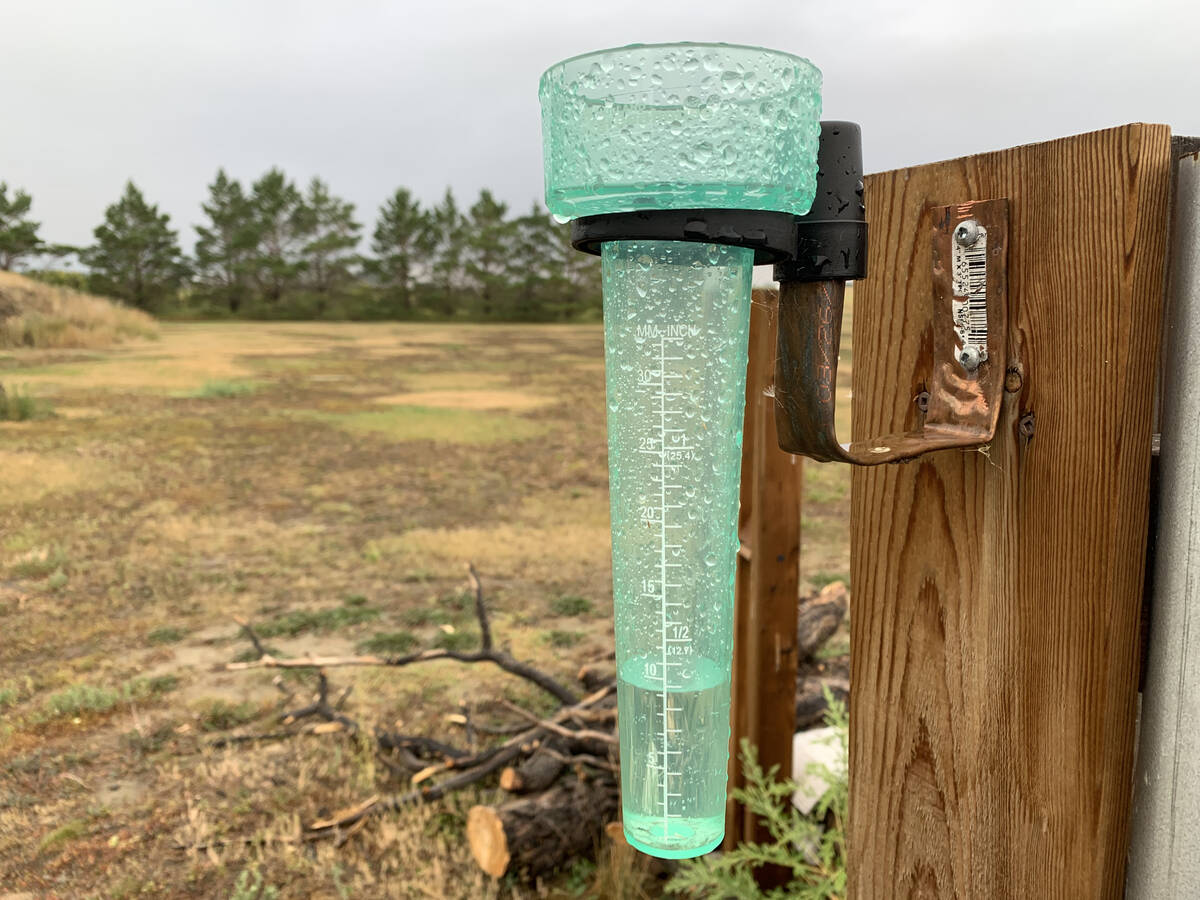
Western B.C., parts of Prairies received drought relief in October
Drought monitor for Western Canada for October
“We know that a woodlot is valuable,” says Lil. “Not just to us, but to everybody in the area for protection from wind, for wildlife, water, and so on. This particular woodlot has different species that you won’t see anywhere, because it hasn’t been bulldozed or demolished.”
She says many unusual birds have made it their home and it contains several endangered plant species.
In addition to select logging for the manufacture of lumber, the couple also has a successful firewood business.
“We are just selective harvesting areas that we need to when we get orders for the wood,” says Mike. “It is really a mixed stand of all ages. We are managing it for the wildlife and for recreation. We’ve developed trails, and there are actually three natural springs on the woodlot.” Mike says he never has to replant trees because natural regeneration looks after it. The woodlot fibre basket consists of pine, white spruce, black spruce, tamarack, dogwood, aspen, and balsam poplar. In the past, they have also produced honey from their woodlot. Depending on the year, the woodlot also produces a variety of mushroom species, which could potentially be harvested as cash crops.
Restricted grazing
What’s somewhat unusual about their woodlot is how they discourage cattle grazing except at specific times of the year. This is contrary to how the Alberta government typically allows cattle owners to utilize forested Crown land leases for pasture. Usually, there is no restriction on when the cattle are released into the lease. Mike says they discourage cattle grazing on their woodlot because of his experience growing up on the farm and witnessing the damage caused by grazing cattle.
“We keep the grazing to a minimum,” he says. “There are certain times of the year when grazing is not as damaging, which is in late fall, after the trees have completed their growth stage and the ground is starting to freeze. The grazing does have a role in fire control to reduce the fire hazard, but we try to keep it to a minimum.”
Mike also grew up in an environment in which operating a sawmill was part of everyday life. His father was a carpenter by trade, logged, and manufactured his own lumber. Mike inherited that sawmill, but it was very inefficient and so he went shopping for a newer, more efficient one. The sawmill now only operates when there are orders to fill, as the business is focussed on the specialty and local lumber market.
Once an order has been placed or their firewood supply is getting low, the Leussinks will investigate their woodlot and hand-fall trees as needed. Typically, they will try to harvest trees that are exhibiting bad genetics, but every once in a while, they will have to retrieve a tree within a tough location.
“We fell it in such a manner that it does very little damage,” says Leussink. “I use wedges to fell a tree so that it doesn’t destroy younger trees that have good genetics and that have potential in the next 50 years to be merchantable.”
Once felled, the tree is bucked up. Typically, the tree branches are scattered on the forest floor, and in the case of conifers, the cones are scattered in sunny areas for potential natural regeneration. The tops of trees and slabs from the sawmill are used in the firewood side of the business. The logs are loaded onto a truck or a wagon capable of transporting as many as five dozen 20-foot-long logs. Once in the yard, a log bunk designed by Mike is used to roll logs into place for processing through the sawmill.
For now, the couple is pleased with how much business they have attracted through word of mouth and the enjoyment they get from managing their woodlot. It’s a satisfying combination. “I’m actually afraid to advertise because I won’t have the time to cut what people come to me for, because it does take a lot of time,” Mike says. “Time is a limiting factor.”
———
“Weknowthata woodlotisvaluable. Notjusttous,butto everybodyintheareafor protectionfromwind, forwildlife,water,and soon.”
LIL LEUSSINK


